Introduction
In warehouses and manufacturing plants, every square foot and energy dollar counts. That’s why facility managers across the Midwest (like my cousin who runs a parts depot in Ohio) swear by sectional industrial doors. These workhorses combine durability with smart design and seals out weather while saving space. But with so many options, how do you pick the right one? Let’s break down what makes these doors stand out, which models lead the pack, and how to keep them running smoothly for decades.
What Makes Sectional Industrial Doors Unique
Heavy-Duty Construction
Unlike standard garage doors, sectional industrial models use 1.5"-thick insulated panels, think of them like steel sandwiches. Two layers of galvanized metal wrap around a foam core, blocking heat transfer and reducing noise. At my uncle’s meatpacking plant, swapping to insulated sectional doors cut their winter heating bills by 18% 1.
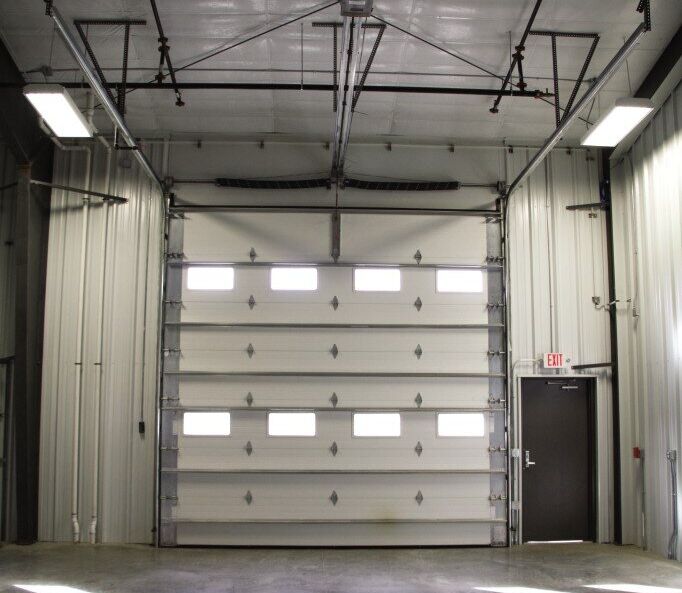
Space-Saving Operation
While old-school swing doors eat up valuable floor space, sectional doors lift straight up and tuck neatly against the ceiling. This design supports massive openings (up to 24’ wide!) without sacrificing interior square footage, which is a lifesaver for cramped loading docks.
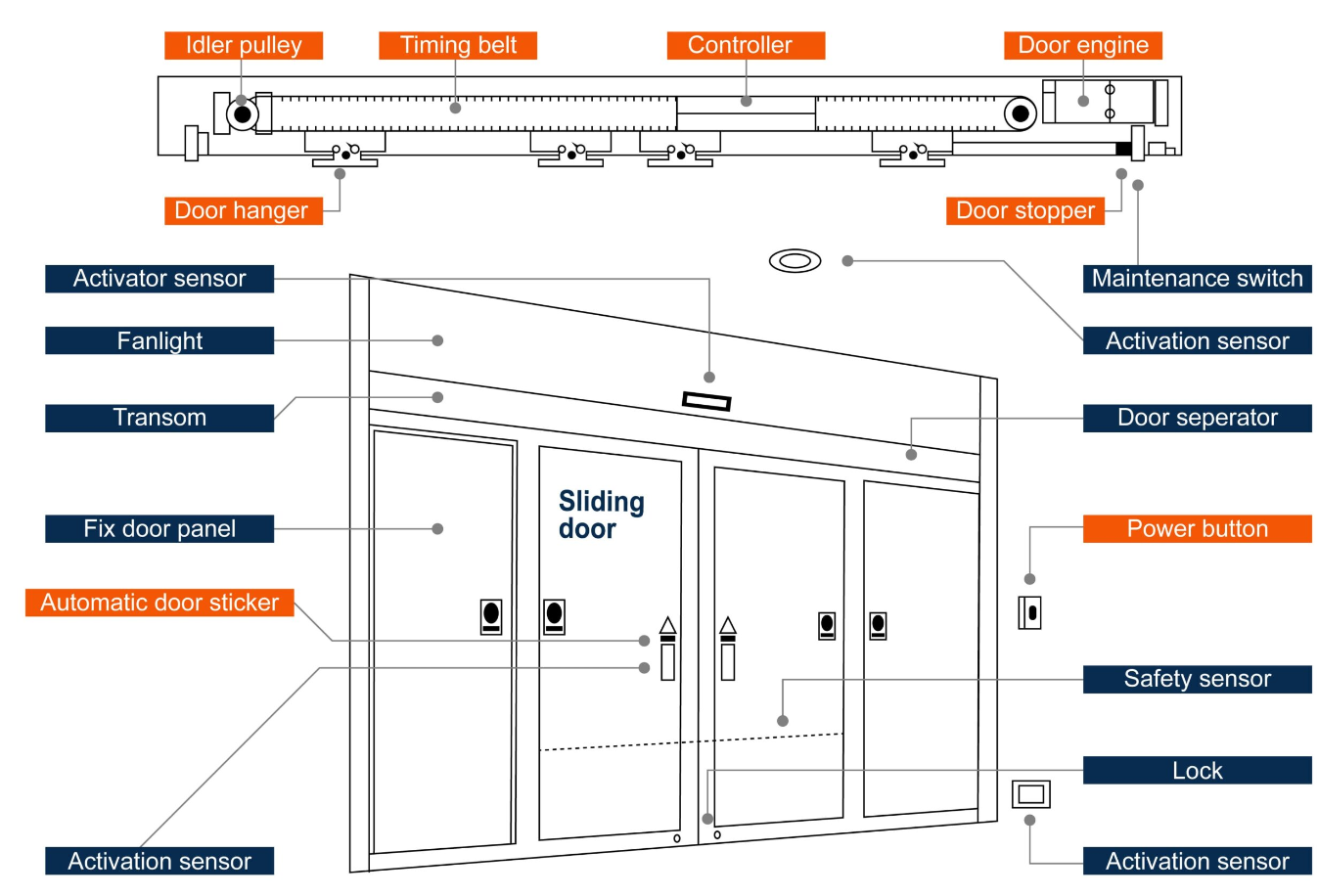
Weatherproofing That Works
Four layers of seals lock out rain, dust, and even insects. I’ve seen these doors withstand Nebraska sandstorms and Great Lakes snowdrifts without a single leak. Heavy-duty nylon rollers and steel springs (rated for 25,000+ cycles) keep them moving smoothly year-round 2.
Vs. Other Door Types
Roll-up doors coil into a noisy metal drum overhead, offering less insulation.
Swing doors require 10-15 feet of clearance space to open fully.
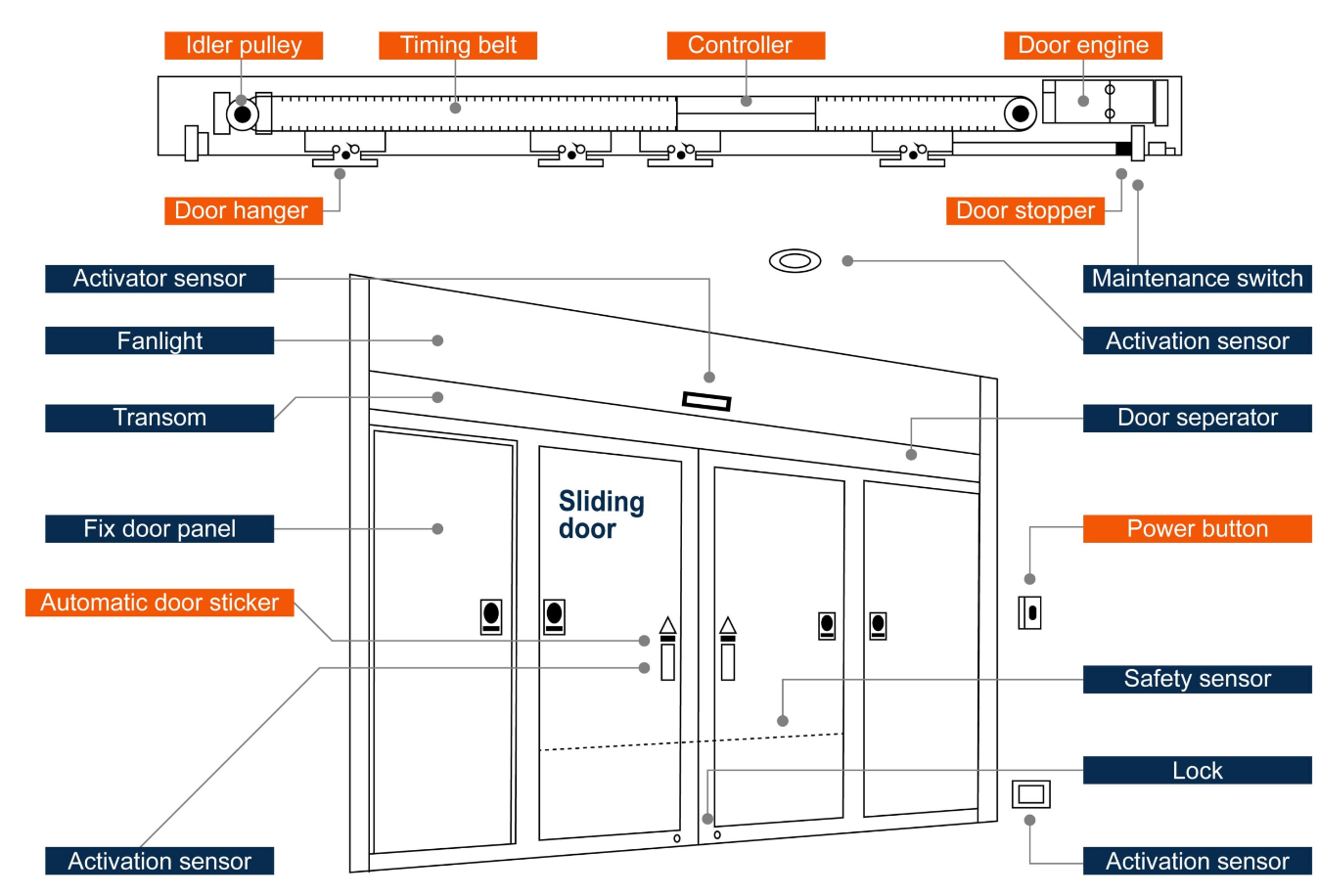
Top Heavy-Duty Sectional Industrial Doors: Expert Reviews
1. Extreme™ Series (Cornell Iron Works)
Best For: High-traffic sites like fire stations
- Opens 3x faster than standard doors (24”/second)
- Built-in safety: Laser sensors stop the door if a forklift crosses its path
- Downside: Requires professional calibration every 6 months 3
2. Raynor ThermaSeal®
Best For: Cold storage facilities
NeuFoam™ insulation traps 30% more heat than competitors
Rust-proof aluminum edges perfect for humid climates 4
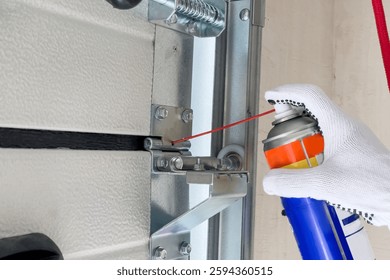
3. Wayne Dalton Commercial Series
Best For: Retail-industrial hybrids
- Glass panel options maintain visibility without sacrificing security
- Mid-range pricing ($3,200-$4,500 installed) 1
Cost Breakdown: What to Budget
Base Prices
- Basic steel doors: $700-$2,200
- Insulated heavy-duty models: $2,500-$6,000+
Example: Amarr’s 2432 model starts at $1,621 + $360 shipping 1
Hidden Costs
Professional installation: $300-$1,200 (worth every penny for alignment)
Automation add-ons: Wi-Fi controls add $475+
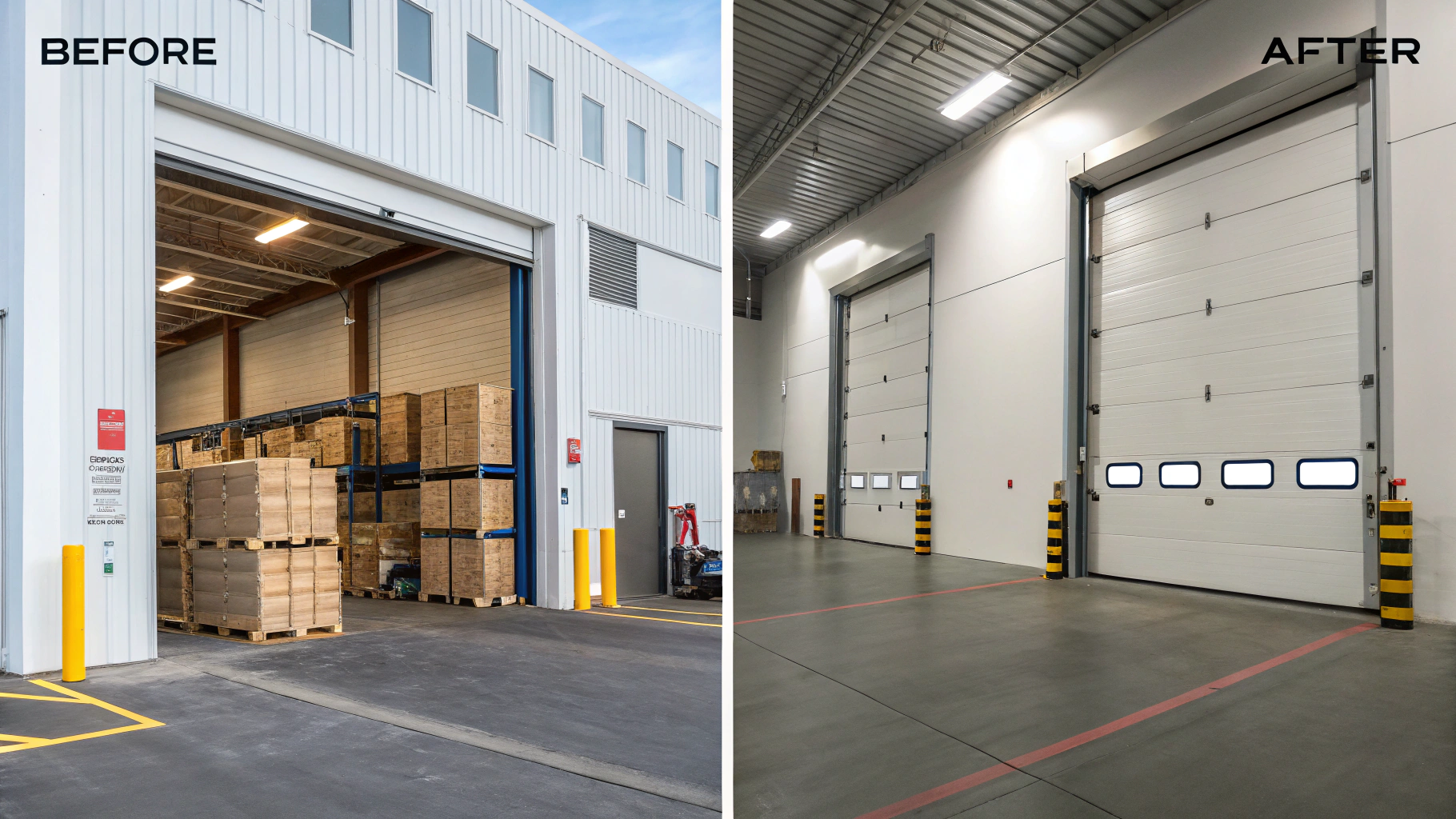
Installation Insights
Since 450-lb doors demand precise track alignment, most dealers recommend professional installation. A crew of two typically completes the job in 6-8 hours:
Reinforce door framing
Mount ceiling tracks with laser leveling
Secure interlocking panels
Calibrate tension springs (never DIY this step) 7
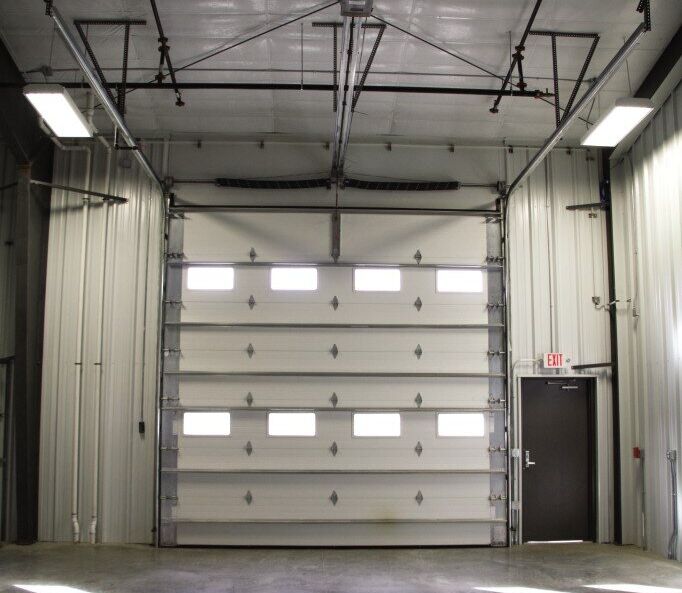
5 Maintenance Must-Dos
- Monthly: Lubricate rollers with silicone spray (avoid WD-40)
- Quarterly: Test safety sensors using a cardboard box
- Biannually: Inspect seals for cracks and replace if daylight shows through
- Annually: Have a pro check spring tension
- Every 5 Years: Repaint steel surfaces to prevent rust 8
Safety First: Compliance Matters
All commercial sectional doors must meet:
- UL 325: Anti-crush sensors that reverse the door upon impact
- ANSI/DASMA 102: Load-bearing standards for tracks and hinges
Skip these, and you risk both fines and forklift accidents 9.
The Bottom Line
From -30°F freezers to hurricane-prone coastlines, sectional industrial doors prove their worth daily. While the upfront cost stings ($4K average), their 25-year lifespan and energy savings pay dividends. As my cousin says:
“Buy once, cry once, then enjoy decades of trouble-free service.”
[Need help choosing? Bookmark this page and compare your facility’s specs against our top picks.]
